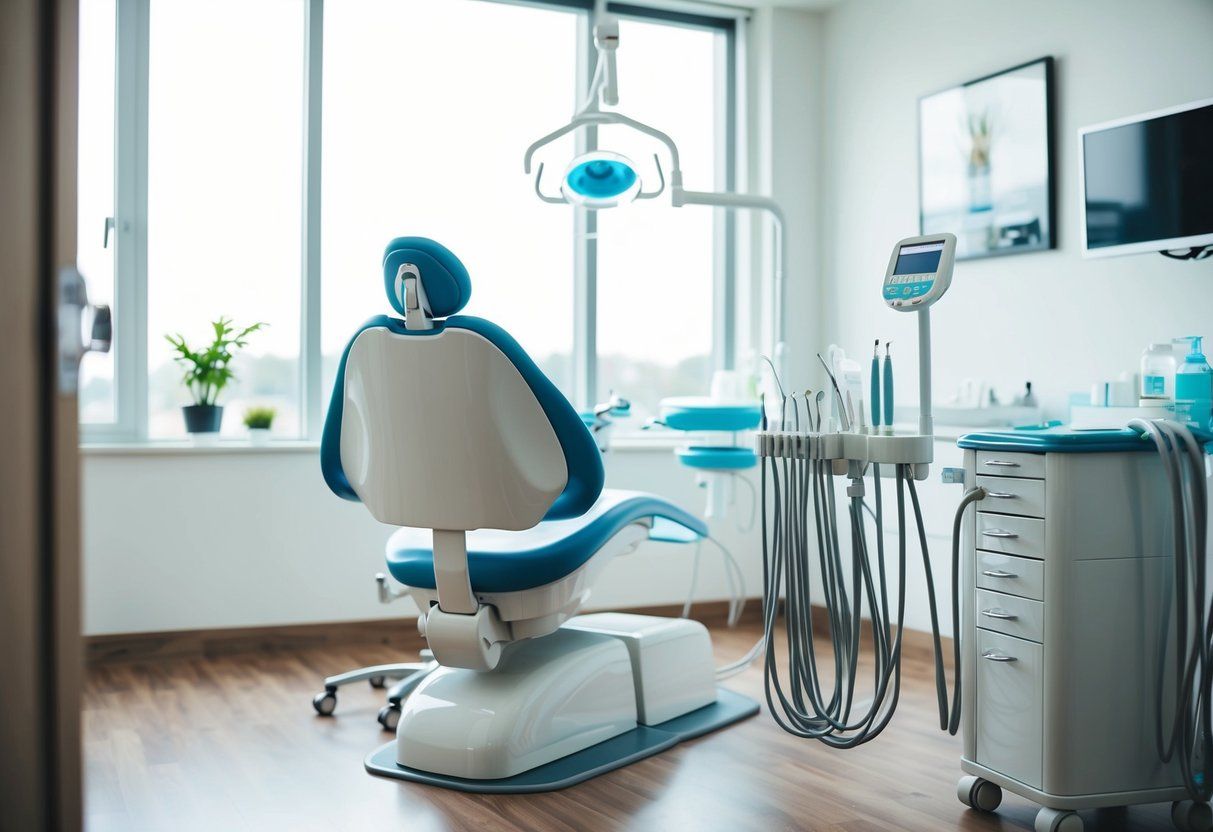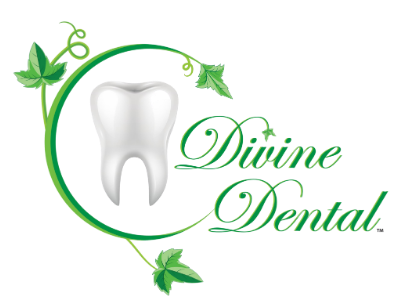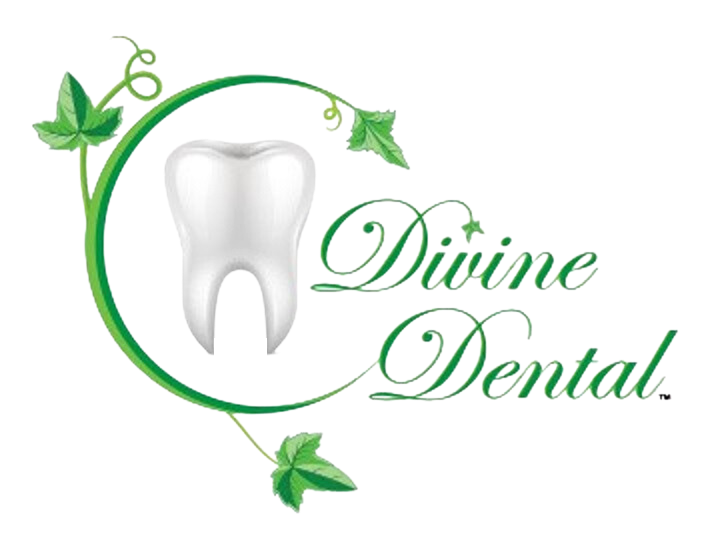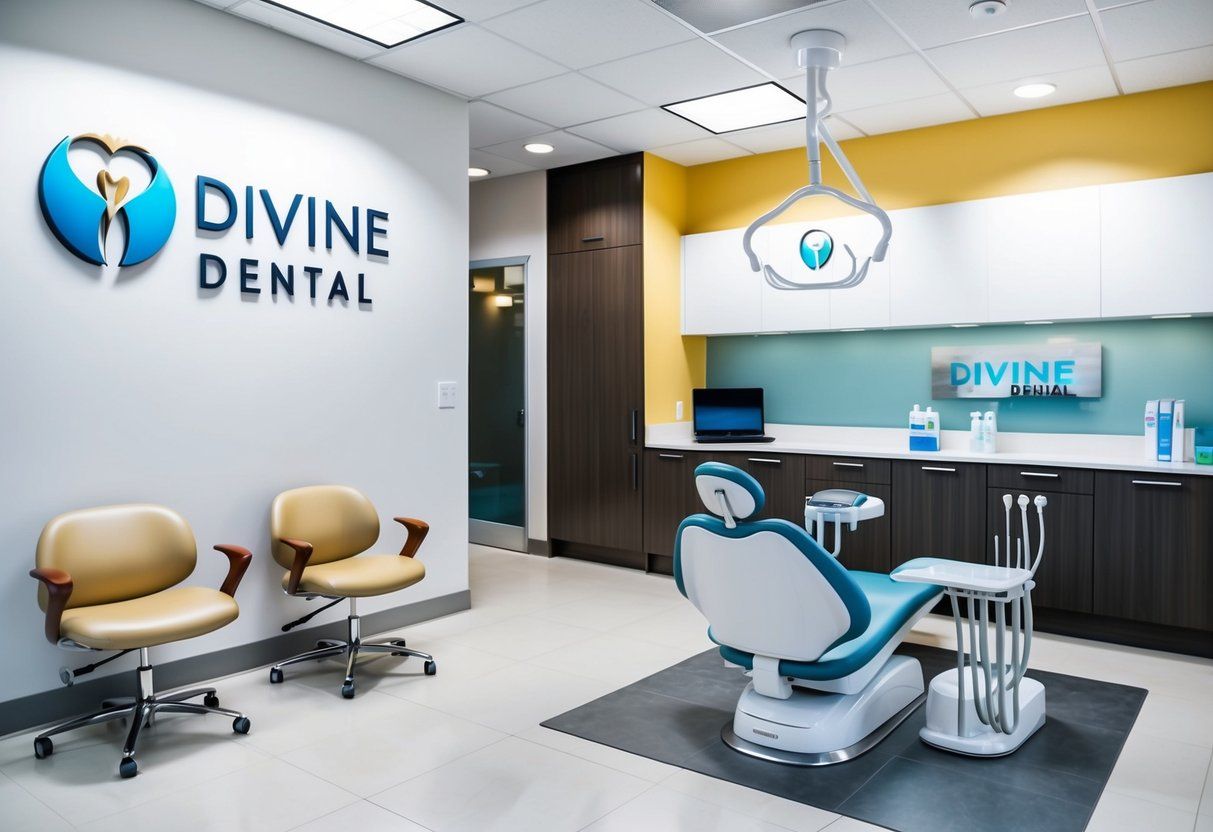Dental Checkups and Teeth Cleanings: Essential Steps for Optimal Oral Health
Regular dental checkups and teeth cleanings are vital for maintaining good oral health. These visits help prevent cavities, gum disease, and other dental problems, ensuring a healthy mouth for years to come.
Many people underestimate the importance of these appointments, often thinking they are only necessary when issues arise.

By scheduling routine checkups, individuals can catch potential issues early, saving time and money in the long run.
Teeth cleanings performed by dental professionals remove plaque and tartar that regular brushing can’t, leading to a brighter smile and better overall health.
Taking care of one’s teeth is not just about aesthetics; it impacts overall wellness. A consistent routine of checkups and cleanings can contribute to heart health and reduce the risk of certain diseases.
Key Takeaways
- Regular checkups help prevent serious dental issues.
- Teeth cleanings lead to better oral hygiene and a brighter smile.
- Good dental care is linked to overall health benefits.
Understanding Dental Checkups
Dental checkups are essential for maintaining oral health. They help detect potential issues early and promote a regular care routine.
Understanding what happens during these visits can encourage better habits and prevent serious problems.
Importance of Regular Dental Visits
Regular dental visits are crucial for preventing dental issues. They allow dentists to monitor oral health and detect conditions like gum disease and cavities before they become severe.
Consistent checkups can contribute to overall health . Research shows that oral health is linked to conditions such as diabetes and heart disease. By visiting the dentist regularly, patients can reduce their risk of these health problems.
Dental checkups also ensure clean and healthy teeth, which improves self-esteem and confidence. Maintaining good oral hygiene can promote a positive image and better quality of life.
What Happens During a Dental Checkup
During a dental checkup, patients typically undergo a thorough examination. The dentist checks for cavities, gum disease, and other dental problems.
X-rays may be taken to identify issues hidden beneath the surface. These images help in early detection of potential problems that are not visible during a regular exam.
Cleaning is also a key part of the visit. A dental hygienist removes plaque and tartar that regular brushing may miss. This cleaning promotes healthier gums and prevents cavities, which are essential for maintaining oral health.
The Role of Dental History
A patient’s dental history plays a significant role in checkups. Dentists often ask about previous treatments, issues, and their family history of dental and health conditions.
This information helps the dentist tailor care to meet specific needs. For example, if there is a history of oral cancer or gum disease in the family, the dentist will likely take extra precautions.
Keeping track of past treatments and any dental problems can also help identify patterns. This can lead to more effective preventive dental care, allowing patients to maintain optimal oral health over time.
Benefits of Professional Teeth Cleanings
Professional teeth cleanings offer several advantages that contribute to overall oral health. These cleanings help remove harmful buildup and ensure teeth and gums stay healthy. Regular visits to the dentist for cleanings lead to lasting benefits.
Preventing Cavities and Tooth Decay
Teeth cleanings play a key role in stopping cavities and tooth decay. During a cleaning, a dental hygienist removes plaque, a sticky film of bacteria. If plaque isn’t removed, it can harden into tartar, putting teeth at risk.
Fluoride treatment may also be applied during cleanings. This treatment strengthens enamel, which is the outer layer of teeth. Stronger enamel helps protect against cavities. Regular cleanings ensure any developing decay is caught early, making treatment easier.
Combating Tartar and Plaque
Tartar and plaque are leading causes of dental issues. Plaque forms when bacteria combine with food particles and saliva. If not cleaned properly, it hardens into tartar, which cannot be removed by regular brushing.
Professional cleanings use scaling tools to effectively remove both plaque and tartar. This process helps maintain smoother surfaces on teeth. Smooth teeth are less likely to accumulate plaque again, reducing visits to the dentist for more serious problems.
Addressing Gum Disease and Periodontitis
Regular dental cleanings also help prevent gum disease , which can progress to periodontitis. Gum disease starts with plaque buildup, leading to inflammation and infection.
During cleanings, hygienists check for signs of gum disease. If caught early, gum disease can often be reversed with proper care. If left untreated, it can progress to more serious issues, including tooth loss. Regular cleanings also include teeth polishing, which helps keep gums healthy by reducing irritation.
Maintaining a Healthy Smile
Professional cleanings contribute to a bright, healthy smile. Bacteria-fighting techniques used during cleanings help remove stains from food and drinks. Polishing not only enhances appearance but also helps maintain a shining smile.
Regular visits ensure teeth and gums remain in good condition. Strong, healthy teeth boost confidence, making it easier to smile. With a clean mouth, individuals are more likely to feel good about their oral health and take better care of their teeth.
Oral Hygiene Practices at Home
Good oral hygiene at home is essential for preventing cavities , gum disease, and bad breath. Regular practices can help maintain healthy teeth and gums, making dental visits more effective.
Brushing and Flossing Techniques
Brushing should be done at least twice a day using a fluoride toothpaste. A soft-bristled toothbrush is recommended to avoid damaging gums.
The correct technique includes angling the brush at 45 degrees toward the gum line and using gentle circular motions.
Flossing daily is equally important. It removes food particles and plaque between teeth where a toothbrush cannot reach.
Proper flossing involves wrapping the floss around the middle fingers and using a gentle sawing motion to slide it between teeth. A C-shape around each tooth helps clean effectively.
Importance of Diet and Lifestyle
A balanced diet plays a critical role in oral health. Foods rich in vitamins and minerals strengthen teeth and gums. Dairy products, leafy greens, and crunchy vegetables are excellent choices. These foods provide calcium and other nutrients essential for dental health.
On the other hand, sugary foods can lead to tooth decay. Sodas, candy, and processed snacks should be limited or avoided.
Staying hydrated with water helps wash away food particles and bacteria, reducing the risk of halitosis and other oral issues.
Avoiding Common Oral Health Pitfalls
Certain habits can negatively impact oral health. Tobacco use is a major risk factor for gum disease and oral cancer. Quitting smoking can significantly improve dental health.
Grinding teeth, known as bruxism, can wear down enamel and cause sensitivity. Stress management techniques may help minimize grinding.
Additionally, many people forget to replace their toothbrush every three to four months, which can hinder effective cleaning. Keeping up with these practices can lead to better oral hygiene.
Navigating Dental Insurance and Costs
Dental insurance plays a crucial role in managing the costs of dental care. Understanding coverage and expenses can help individuals make informed decisions about their dental health.
Understanding Dental Insurance Coverage
Dental insurance often covers routine visits and preventive services such as cleanings and fluoride treatments. Most plans usually cover 100% of preventive care, which includes regular checkups and x-rays.
It’s important to review your specific policy details, as coverage can widely differ. Dental insurance might include limits on the number of visits per year or the cost covered for certain procedures.
Many plans also have waiting periods for major treatments, like crowns or braces. Knowing these details can help individuals anticipate their costs and schedule necessary appointments without unexpected expenses.
Managing Out-of-Pocket Expenses
Even with insurance, out-of-pocket expenses can arise. Co-pays for routine visits and deductibles for other treatments are common.
Individuals should keep track of these costs and check their plan’s benefits. For example, some plans might only cover a percentage of a treatment, leaving the patient to pay the remaining balance.
Creating a simple budget for dental care can help manage these expenses. Consider setting aside money each month for anticipated procedures or treatments.
Additionally, discussing financial options with the dental office can provide more insight into payment plans or discounts.
Planning for Routine and Unexpected Dental Care
Planning for both routine and emergency dental issues is essential. Regular checkups help catch issues early, reducing the need for more expensive treatments later.
In case of emergencies, having a plan can ease stress. Some insurance plans cover emergency visits, while others might not.
Individuals should know their plan’s specifics to determine if an emergency room visit or urgent care is necessary.
Keeping contact details for local dental offices and understanding their emergency care policies can provide quick access to needed services.
Age-Specific Dental Care
Dental care needs vary at different stages of life. Understanding these differences can help individuals maintain healthy teeth and gums through regular dental visits.
Dental Care for Children and Adolescents
Children and adolescents require special dental care to support their growing teeth. Regular dental check-ups are essential, recommended every six months.
Fluoride treatments strengthen tooth enamel and help prevent cavities. Sealants are also useful; they provide a protective layer over molars, reducing the risk of decay.
Parents should encourage good oral hygiene habits early on. Daily brushing with fluoride toothpaste and regular flossing are crucial. For active children, wearing a mouthguard during sports can protect against injuries.
By instilling these habits, children can build a strong foundation for lifelong oral health.
Oral Health for Adults and Seniors
Adults and seniors face unique dental challenges. Regular visits to the dentist remain important for preventing oral diseases.
Routine check-ups help spot any potential issues, such as gum disease or tooth decay. Adults should discuss personalized oral care routines with their dentist.
Seniors should pay particular attention to any changes in their mouth. Wearing dentures becomes common but requires proper care to avoid infections.
Maintaining good oral hygiene is vital at every age to support overall health. Daily brushing, flossing, and regular dental appointments can help keep teeth and gums in great shape.
Connecting Oral Health with Overall Wellness
Oral health plays a significant role in overall wellness. When a person’s mouth is healthy, it can affect the rest of the body.
Here are some key points about this connection:
- Gum Disease and Diabetes : People with diabetes can face a greater risk of gum disease. In return, gum disease can make it harder to control blood sugar levels.
- Heart Health : Poor oral health may lead to heart problems. Bacteria from gum disease can enter the bloodstream and cause inflammation.
- Limit Sugar : Reducing sugar intake is important for both oral and overall health. Sugar can lead to cavities and may increase the risk of chronic diseases.
- Infection Risk : Oral infections can contribute to other health issues, such as respiratory problems. Bacteria can move from the mouth into the lungs.
By maintaining good oral hygiene , individuals can support their overall health.
Regular dental checkups and cleanings are essential steps in this process. Healthy habits can lead to better health outcomes throughout the body.
Frequently Asked Questions
Many people have questions about dental checkups and teeth cleanings. This section addresses common inquiries to help clarify these important procedures.
How often should one visit the dentist for teeth cleanings?
Most dentists recommend visiting every six months for a teeth cleaning. Some individuals with specific dental needs may require more frequent visits.
What is the process of professional teeth cleaning called?
The process is known as prophylaxis. It involves removing plaque and tartar buildup from the teeth to prevent cavities and gum disease.
What are the potential drawbacks of undergoing teeth cleaning?
Some people may experience sensitivity or mild discomfort during or after a cleaning. In rare cases, there can be slight gum bleeding.
Can teeth be effectively cleaned at home, and if so, how?
Yes, teeth can be cleaned at home. Regular brushing, flossing, and using mouthwash can help maintain oral health.
What should one expect before and after a professional teeth cleaning session?
Before a cleaning, the dentist may examine the mouth for any issues. After the procedure, patients may be advised to avoid specific foods for a short time.
Why might someone experience discomfort during a dental cleaning?
Discomfort can occur due to sensitive teeth, gum disease, or the use of certain tools during the cleaning process.
It’s important to communicate with the dentist about any pain.…




